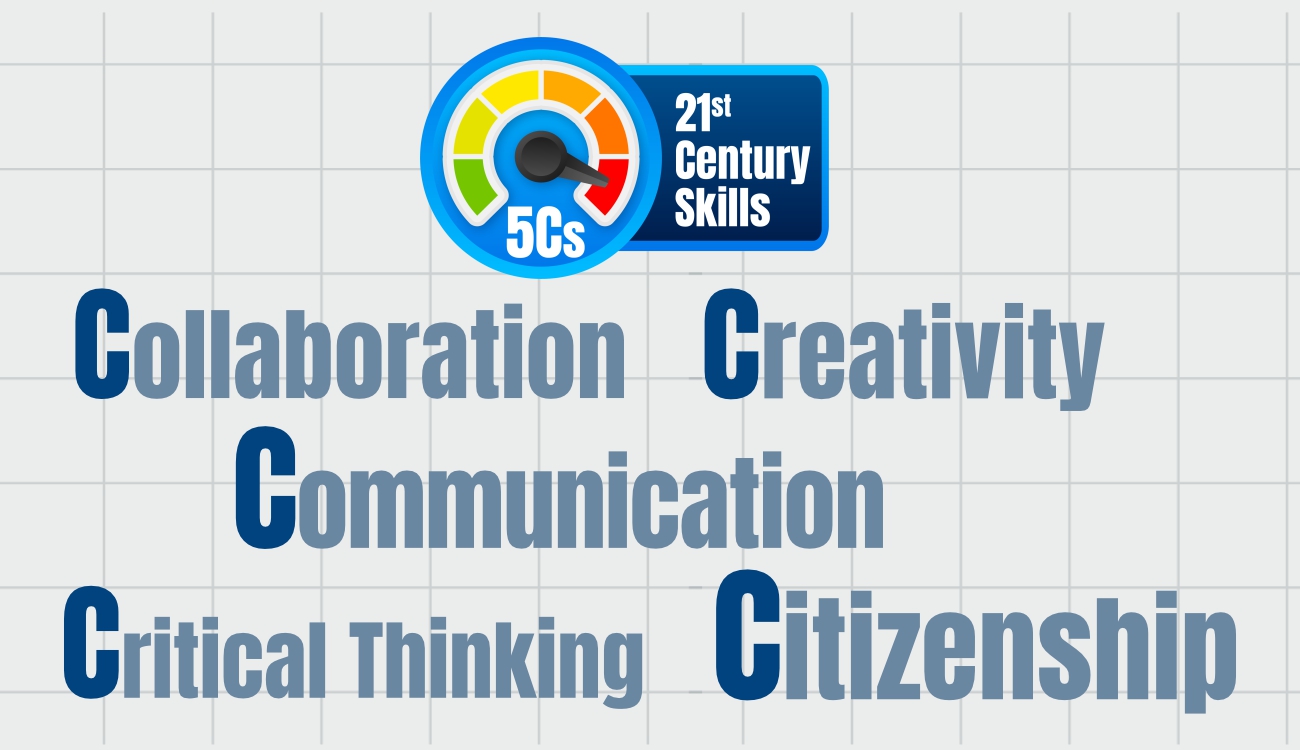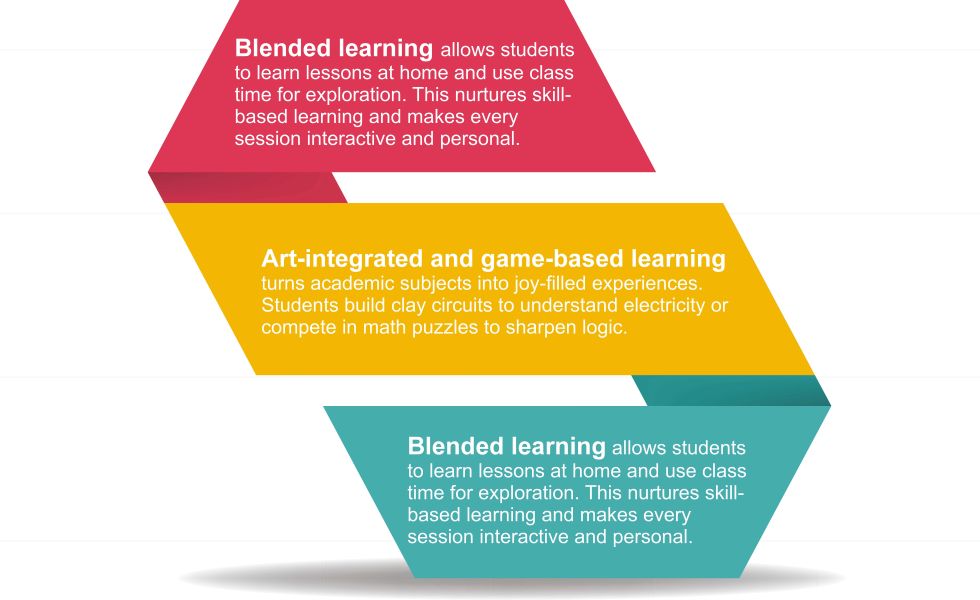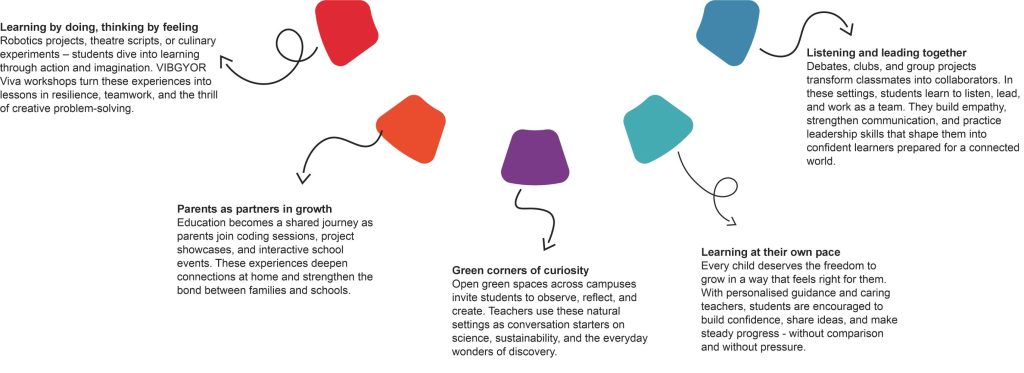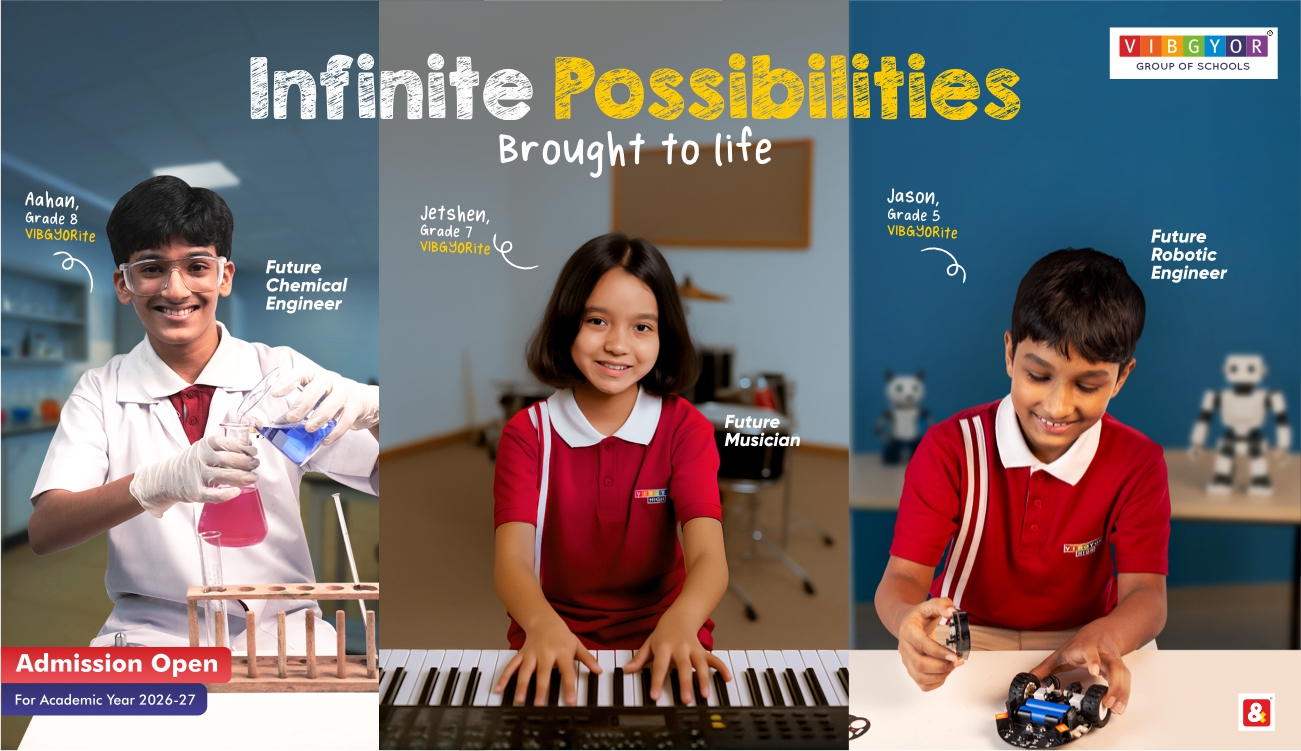![]()
A personalised, project-based, and purpose-driven approach to education is taking root at VIBGYOR Group of Schools.
| In this article, you’ll discover: ➡️ 21st-century skills: Why adaptability is the true advantage ➡️ Live classrooms: Tech, touch, and thinking ➡️ Workshops and immersion programmes: Real experiences, real growth ➡️ The power of the 5C’s: Skills that shape futuresAnchored in India, connected to the world ➡️ Expanding horizons, staying grounded ➡️ Teachers at the heart of inspired learning ➡️ Education with a purpose: The VGOS promise |
………………………………………………………………………………………………………
At one of our VIBGYOR High classrooms in Bengaluru, 13-year-old Anushka stands before a whiteboard, thinking with a marker in hand. She glances towards her left side and retorts, “Don’t erase that! It is the best idea we have got.”
Dhruv laughs, shaking his head. “Fine, but if it fails, it is on you. I warned everyone.”
Arjun, who had been quietly sketching in the corner, leaned forward. “Wait, what if we combine Anushka’s idea with mine? Her solar panel with my reflective sheet. That way, we can double the light.”
“Double the light or double the chances of disaster,” Tanay teased, drawing a groan from the group.
“Or double the chances of brilliance,” Anushka shot back, underlining her arrows with determination.
The group burst into giggles, jostling for space at the whiteboard.
Their teacher walked past, pausing to take in the chaos and laughter. “Looks like a debate, not a diagram.”
“It is both,” Anushka said confidently. “That’s the fun part.”
………………………………………………………………………………………………………
Moments like these capture the spirit of VIBGYOR Group of Schools (VGOS): learning that is personal, hands-on, and purposeful. Every classroom becomes a space for creativity in education, with ideas being challenged, tested, and celebrated with intent.
21st-century skills: Why adaptability is the true advantage
The importance of 21st-century skills in school education lies in preparing students for the world they will inherit. With climate concerns intensifying, AI transforming industries, and societies becoming interconnected, the future calls for learners who can think clearly, adapt quickly, and act with empathy and purpose.
Yet, the challenge is steep. UNICEF warns that over 50% of students may leave schools without essential future-ready skills, hampering employability by 2030. Another report finds that just 9% of students show high readiness in critical thinking, problem-solving, and design thinking.
At VIBGYOR Group of Schools, every learning experience is shaped with this reality in mind. Through hybrid learning models, personalised learning approaches, and a focus on soft skills development, our students learn to think with purpose and grow with resilience.
Live classrooms: Tech, thinking, and hands-on learning
In our classrooms, learning shifts from passive listening to active learning, transforming them into hubs of discovery. This includes:
Workshops and immersion programmes: Real experiences, real growth
Learning extends outside classrooms through VIBGYOR Viva workshops – from robotics, poetry, culinary arts, theatre, and more – creating immersive opportunities and making these workshops a shared journey of growth. Parents have also described how their kids return “full of ideas” and carry on the conversations at home.
These immersive learning experiences help children adapt to the diversity and complexities of society. They are also instrumental in building soft skills development and encouraging critical thinking and problem-solving.
The power of the 5C’s: Skills that shape futures
At VIBGYOR Group of Schools, we champion the 5C’s – critical thinking, creativity, collaboration, communication, and citizenship. These aren’t abstract ideas; they shape our everyday thinking and learning experiences.
Whether through debates, projects, or classroom discussions, students practice listening, reasoning, and expressing ideas with clarity. These skills move past academics, teaching them to work in teams, respect diverse viewpoints, and take responsibility as young citizens. By combining thoughts with empathy and action, the 5C’s prepare learners to lead with purpose in a connected world.
This commitment takes root in initiatives like VIBGYOR High’s Model United Nations (V MUN). Here, our students simulate diplomacy, sharpening communication, critical thinking, and emotional maturity. It becomes an arena where soft skills breathe and grow.
Anchored in India, connected to the world
Our curriculum and pedagogy merge India’s educational policy with global models. It also follows child-centric values drawn from Mahatma Gandhi, Maria Montessori, John Dewey, and other early childhood educationists. Our classrooms integrate tradition with innovation, promoting STEM and 21st-century skills and competency-based education.
This approach aligns well with the National Education Policy (NEP) 2020 and the National Curriculum Framework (NCF) 2022, rooted in play, inquiry, and child-focused learning.
Expanding horizons, staying grounded
A strong sense of identity doesn’t limit a student’s view; it, in fact, helps shape them. At VIBGYOR Group of Schools (VGOS), we encourage our students to look at the world with fresh viewpoints while staying firmly connected to their Indian roots. Every programme is thoughtfully designed to broaden horizons and nurture essential 21st-century skills for students.
Our Global Immersion Programme gives our senior students the opportunity to visit leading institutions such as Ashoka University, Shiv Nadar University, and even universities in the Netherlands and the USA. These journeys spark curiosity within students, build confidence through communication, and foster empathy for cultures beyond their own.
Closer to home, the Cambridge Pathway at VIBGYOR World Academy in Bhopal and Nagpur brings an internationally recognised curriculum into everyday learning. In these technology-rich classrooms, a future-ready curriculum helps students grow as critical thinkers, creative problem-solvers, and adaptable, confident learners, qualities that prepare them for a future without boundaries.
Teachers at the heart of inspired learning
Behind every inspired learner stands a prepared teacher. Our schools place strong emphasis on professional development, helping educators stay current with modern practices – from integrating AI in education to adopting personalised learning approaches.
At VIBGYOR Group of Schools (VGOS), this commitment is strengthened by our Quality Assurance and Guidance (QAG) programme, which rests on three key pillars: audits and guidance, continuous professional development, and rigorous recruitment. Audits and guidance uphold excellence by empowering teachers and students, while continuous professional development equips teachers with training strategies that meet the diverse needs of our students. And through rigorous recruitment, we ensure that skilled, passionate, and dedicated teachers lead every classroom.
This approach aligns with the vision of NEP 2020, which emphasises the importance of continuous professional development in teaching.
Education with a purpose: The VGOS promise
What sets our schools apart lies in what our students learn, how they learn, who they learn with, and the world they are prepared to face. Every choice – of method, space, and mindset – is intentional, nurturing confidence, creativity, and connection in every learner.
Education today is about preparing students for tomorrow’s uncertainties. At VIBGYOR Group of Schools, 21st-century teaching strategies come alive through hybrid learning models and a deep focus on soft skills development. Children grow with curiosity – learning to question, create, connect, and care. For parents, this means an education that builds adaptability, empathy, and confidence. That is the promise of VIBGYOR: shaping learners today for the world that awaits them.
And because conversations on learning go beyond the classroom, tune into VIBGYOR’s new podcast, Beyond the Bell, for ideas, experiences, and fresh perspectives on education. Watch it here.





